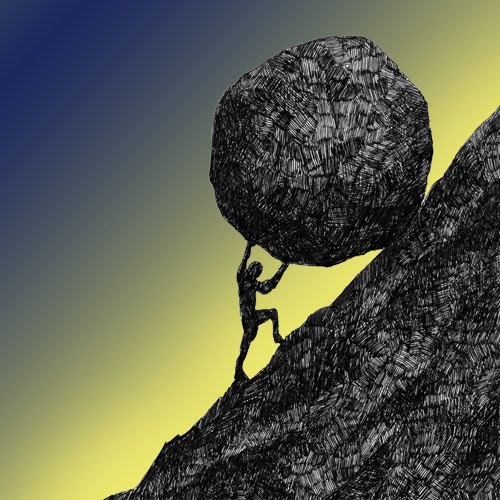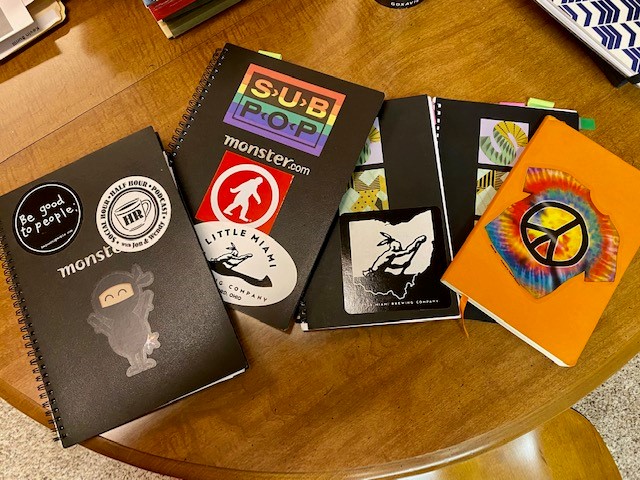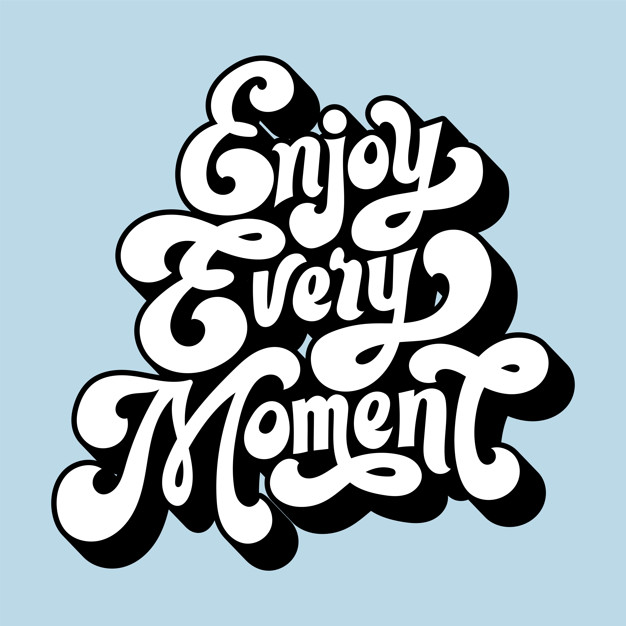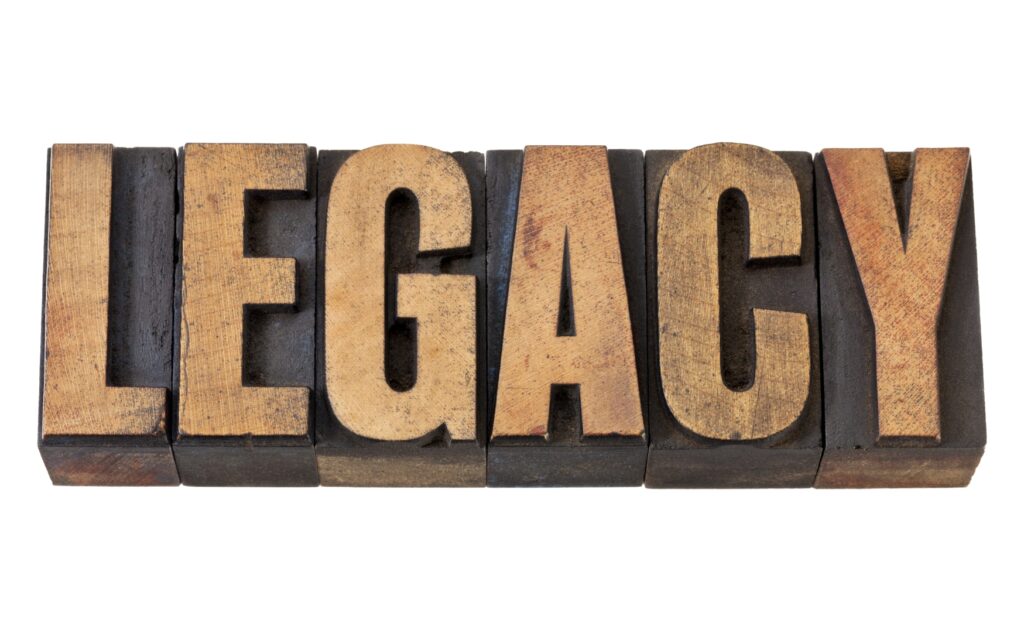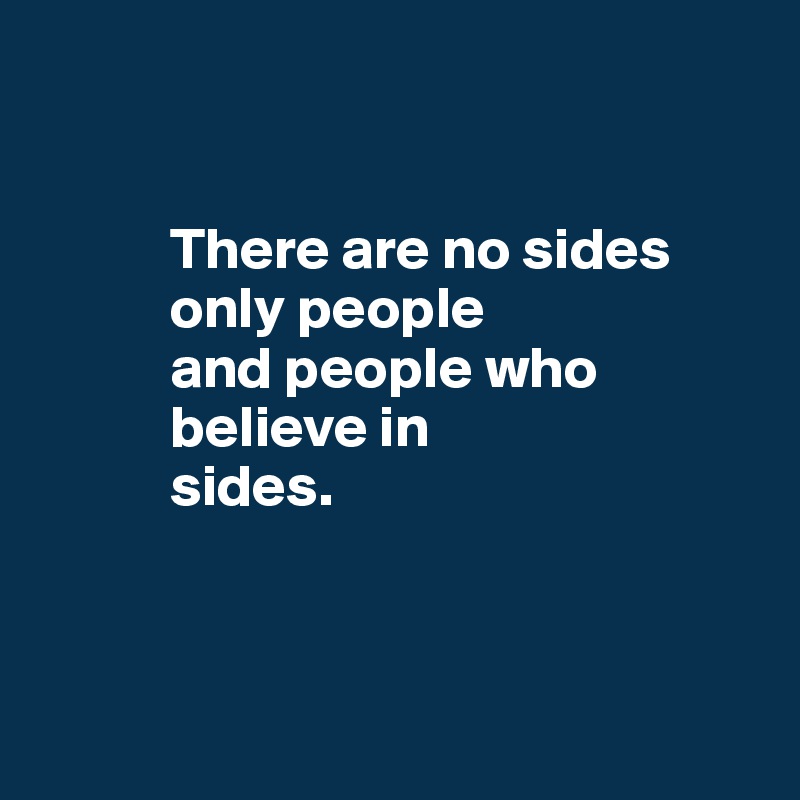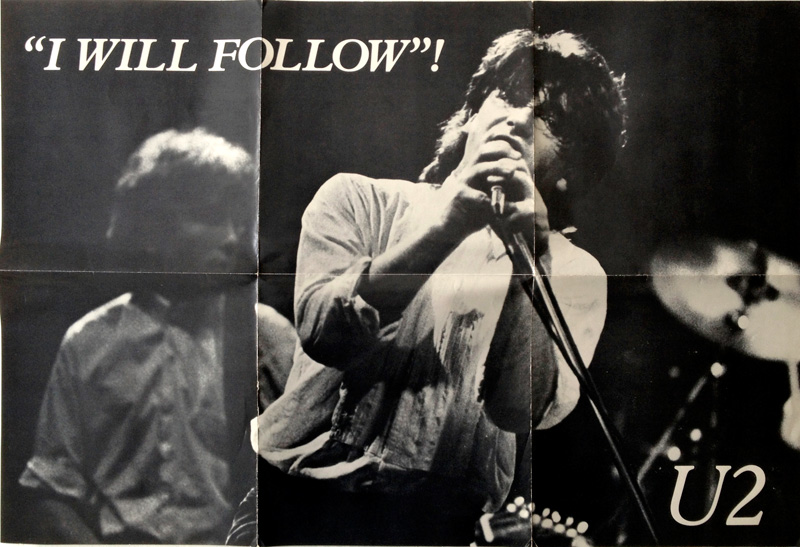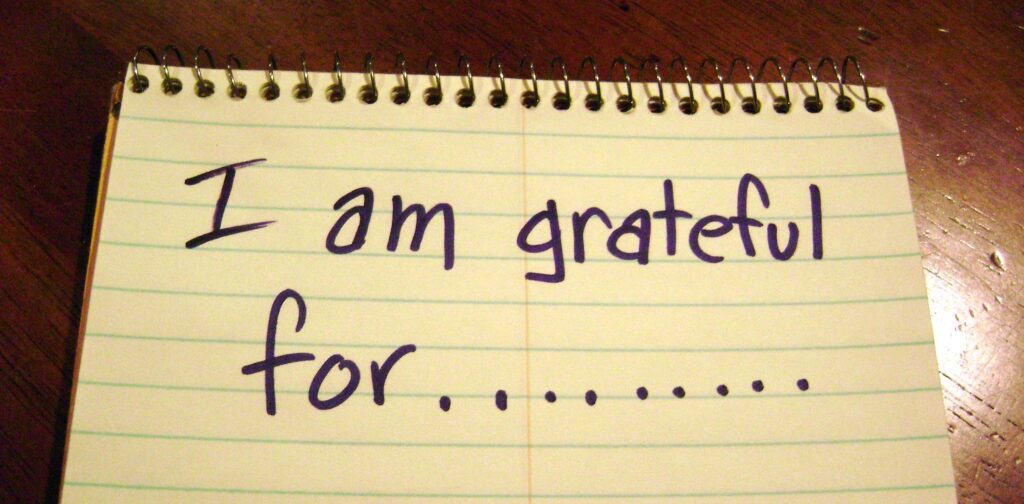How’s your new year shaping up? Is your plate full? Chances are it’s overflowing. I know this may be stating the obvious for most people. I’m not just referring to work either. Yes, work may take up the majority of your daily time, effort and attention. We need to remember that each person we encounter has their version of “life” going on. You may be addressing personal/family situations and struggles with spouses, partners, kids, or parents. You may be in between jobs now or you’d like to change your role/company if you had the chance. I’m not going to try and capture all that is in front of you. I’m just sure that you’re full (too full).
What’s interesting about being full at work is that we don’t view this positively. We complain. Incessantly. It’s true. So much of our daily routine includes bemoaning all that we have to do. On top of that, we complain about co-workers that are intertwined with our mountain of work. We exhale a gigantic sigh as if to get the attention of others so they can commiserate with us. Others follow this pattern and they grouse as well. For some reason, we find comfort in this mixing of conversations which look at all that is wrong with our day . . . because we’re full.
I remember a time when I went to a restaurant in downtown Cincinnati by myself (pre-COVID) to run an errand. It is a great, local Mexican place that I try to visit when I get the chance. I was by myself which is a rarity in itself. I ordered the daily special and found a table to sit in the middle of a full gathering who were “enjoying” their lunch break. Instead of scrolling through endless social media threads, I sat quietly and listened to the conversations of those around me. I know it’s a bit intrusive, but I curious to hear what others were talking about.
Every single conversation was negative. Every one. The people eating around me weren’t upset or animated. They were speaking at ease because this was, and is, normal for them – as it is for all of us. They were complaining about the work they had in front of them and the people that had to “deal” with in order to try and move forward. I’m sure there was a smattering of constructive input during the chats, but that was hard to assess. Since no one was phased by how the conversations occurred, I’m positive people went on with their day oblivious to the tone.
I understand that being full can be overwhelming, and it may even feel that we’re going to sink rather than swim. But, isn’t that a great position to be in? Seriously. When you are full, then, chances are, you’re either adding value or others are counting on you to come through because of your talent. So, we need to quit being Sisyphus !!
Who’s Sisyphus? He was a character in Greek mythology who was not a good king. His lifestyle of deceit and conniving angered the gods and he was given the task of rolling a massive stone up a hill with the hope that he’d clear the peak and the stone would roll down the other side. He would struggle and push against the boulder, but he could never clear the precipice. Oh, and he only has to push this immovable object up the hill . . . for eternity !! Sound familiar? THIS is how we sound when we talk about our work. We come off more like martyrs than contributors.
This needs to turn around and disappear. If we want to have people-centric organizations filled with performers, then we need to do all we can to destroy how work is talked about. And . . . it starts with us HR !! I understand that working with people can be daunting, challenging and even disheartening IF you view people as a problem first. Our mentality and mindset have to be reset. We must talk about how the work in front of us is an opportunity and not a burden. We must embrace the conversations we have with other employees as a chance to learn, hear new ideas and perspectives and work together collaboratively towards moving things forward.
I’m not a Pollyanna, but I am an optimist. I am grateful I am both full and overwhelmed with the good work I get to be a part of in my role. It’s very easy to go dark and complain. Very easy. I just choose not to. I plan to get that rock up over the hill so that I can see past the peak, go into the next valley and get the next boulder that is sure to be there.
If we would shift and become beacons of light as HR practitioners in our organizations, then others would see the great work they have in front of them positively as well. Organizations would thrive and cultures would improve. We’d actually have “best places to work” because you’d see people embrace their place as the talented people they already are. Be glad you’re full.

